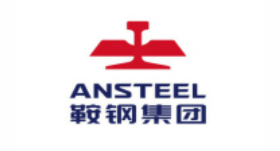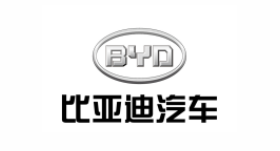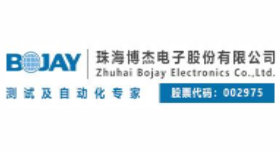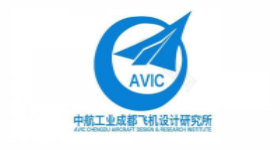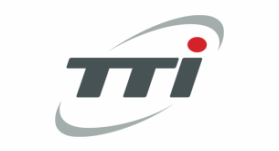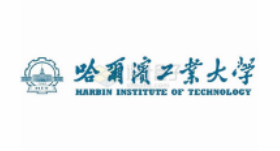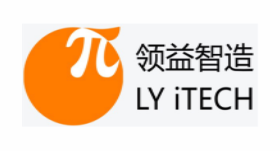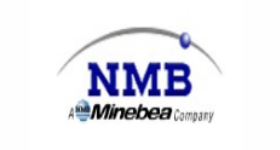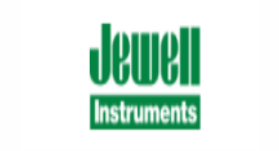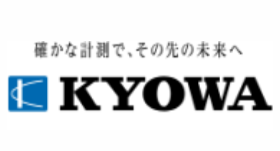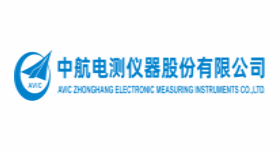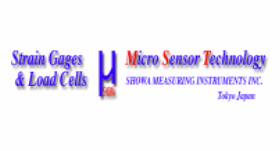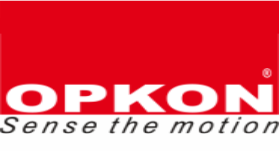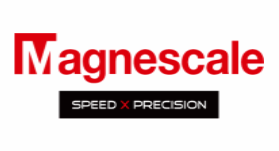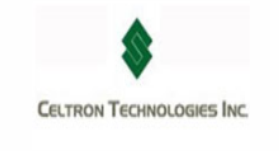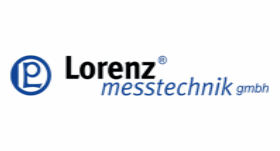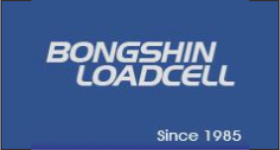Level adjustment: Level adjustment has two aspects. First, the mounting plane of a single HBM weighing sensor mounting base should be adjusted with a level, on the other hand, the mounting surface of the mounting base of multiple sensors should be adjusted to a level as far as possible (with a level), especially in the weighing system with more than three sensors, more attention should be paid to this point. The main purpose of this is to make the load borne by each HBM load sensor basically the same.
The base installation surface of the HBM RSCA&RSCB load sensor should be smooth and clean, without any oil film or adhesive film. The installation base itself should have sufficient strength and rigidity, which is generally higher than the strength and stiffness of the sensor itself. HBM load cell should be handled lightly, especially the small capacity sensor made of alloy aluminum elastomer, any impact, drop, its metrology performance may cause great damage.
When the HBM weighing sensor is working normally, the sensor should generally be equipped with mechanical structure parts for overload protection. Some "baffles" should be set up around the weighing sensor as far as possible, and even the sensor should be covered with a thin metal plate. This prevents debris from contaminating the sensor and some moving parts, and this "contamination" often makes the moving part uncomfortable, and affects the weighing accuracy of the Tedea weighing sensor 615-100KG. Whether the system has exercise discomfort can be judged by the following methods. That is, add or reduce about one thousandth of the rated load on the scale to see if the weighing display instrument has a reflection, and there is a reflection, indicating that the movable part is not "contaminated".
Although the load cell has a certain overload capacity, the overload of the load cell should be prevented during the installation of the load cell. It should be noted that even a short period of overload may cause permanent damage to the sensor. In the installation process, if it is necessary, you can first replace the sensor with a pad of the same height as the sensor, and finally, the sensor is replaced.
If a screw is used to fix the sensor, a certain tightening torque is required, and the screw should have a certain depth of threading. In general, the fixed screw should be high strength screw.
Sensors should be electrically bypassed with hinged copper wires (approximately 50mm2 cross-sectional area) to protect them from welding currents or lightning strikes.
In the use of HBM load cell, it is necessary to avoid strong thermal radiation, especially the strong thermal radiation on one side.
Try to use structural accessories with automatic positioning (reset), such as spherical bearings, joint bearings, positioning fasteners, etc. They prevent certain lateral forces from acting on the sensor. It should be noted that some transverse forces are not caused by mechanical installation, such as the transverse force caused by thermal expansion, the transverse force caused by wind, and the transverse force caused by the vibration of the agitator on some containers are not caused by mechanical installation.
In order to prevent them from "eating" the real load of the HBM PW10A weighing sensor and causing errors, we should make them as soft as possible in the direction of the sensor loading spindle.
The loading direction of each HBM load cell is determined, and when we use it, we must load the load in this direction. Lateral force, additional bending moment, torque force should be avoided as much as possible.
For large-capacity HBM weighing sensors, in general, it has a large weight, so it is required to use appropriate lifting equipment (such as hand hoist, electric hoist, etc.) when handling and installation.



